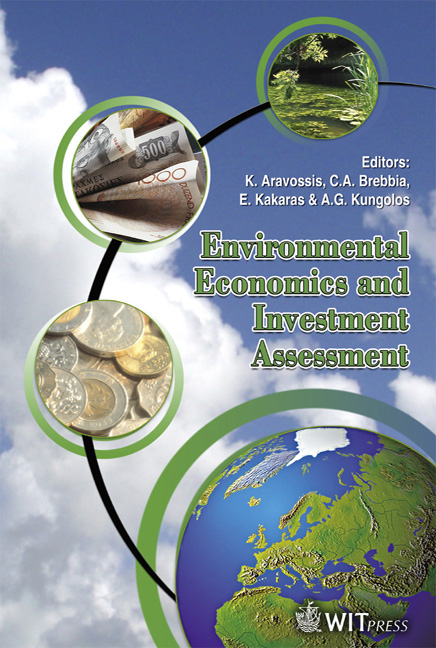Environmental Kuznets Curves: Environmental Wealth And Spending
Price
Free (open access)
Transaction
Volume
98
Pages
9
Published
2006
Size
331 kb
Paper DOI
10.2495/EEIA060241
Copyright
WIT Press
Author(s)
B. Cushing-Daniels & B. A. Kaiser
Abstract
The existence of an environmental Kuznets curve (EKC) – a pattern of pollution that rises and then falls with higher levels of real gross domestic product per capita – remains controversial. Previous research fails to address simultaneity concerns. We match empirical evidence on EKCs with theoretical underpinnings and investigate the roles of endowments, spending, and technology. Income elasticity of demand for environmental quality may vary with output levels. Varying separability of pollution and production across goods may mask the presence of EKCs. Demand and supply must be contextualized by the resource endowment. We describe a model of the connection between collective environmental provision (government spending) and economic prosperity using data at the US state level. We examine the inverse of the traditional EKC: the relationship between state spending on natural resources and the environment and real gross state product, enabling identification of demand and supply components of the environmental quality-economic growth tradeoff. Our results suggest non-linear income effects for environmental quality and support the hypothesis that at higher incomes, environmental quality is a luxury good. An EKC is best described as a moving frontier of what people have (endowment), what people want (demand), and what is feasible (technology/ supply). In this light, the puzzle of where and when we witness EKCs should be considerably demystified. Keywords: environmental Kuznets curve. 1 Introduction Much of the research on income and environmental quality tests specifically for the existence of an environmental Kuznets curve (EKC) – a pattern of pollution
Keywords
environmental Kuznets curve.





